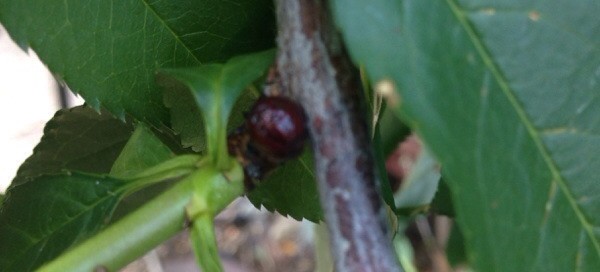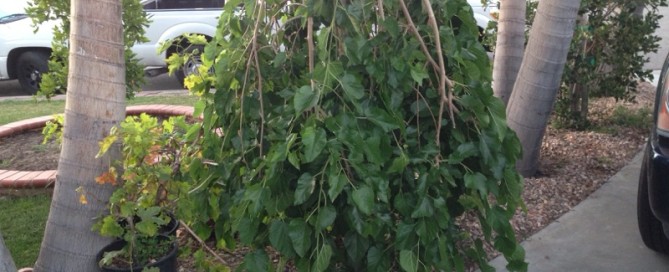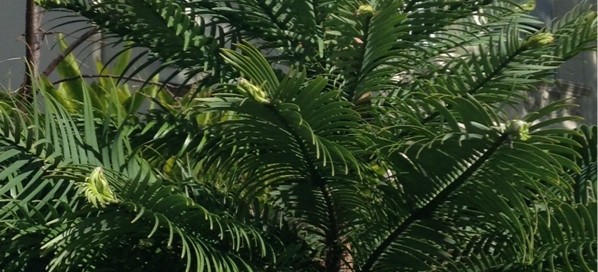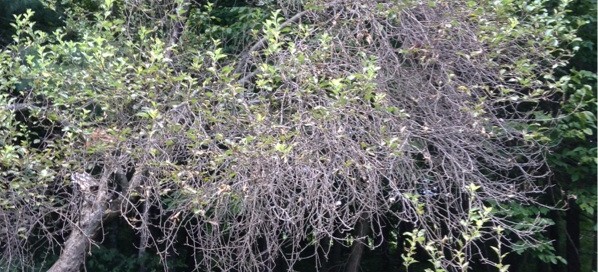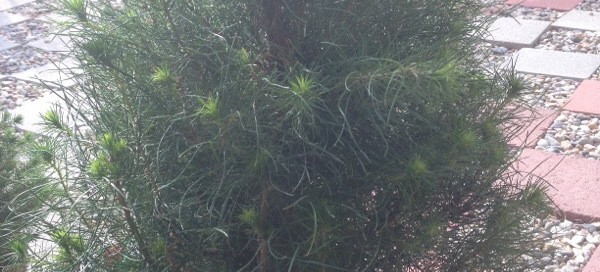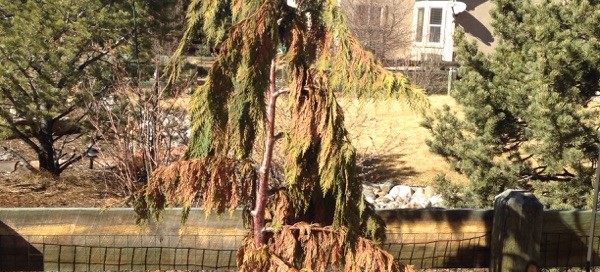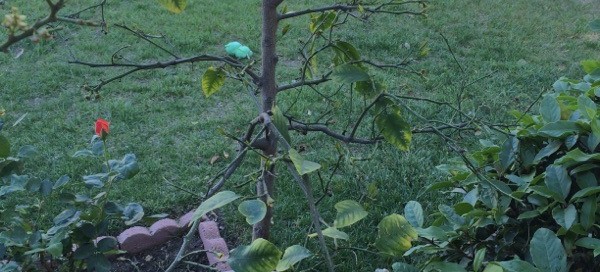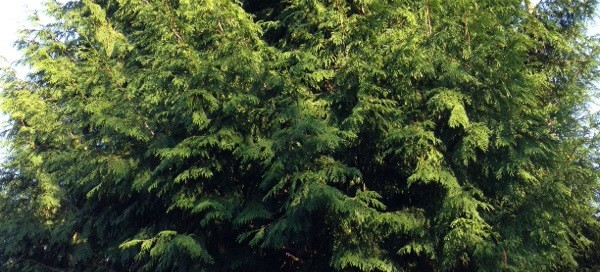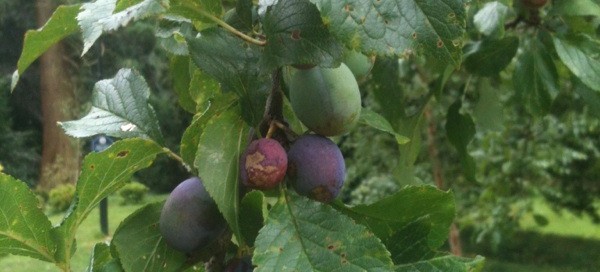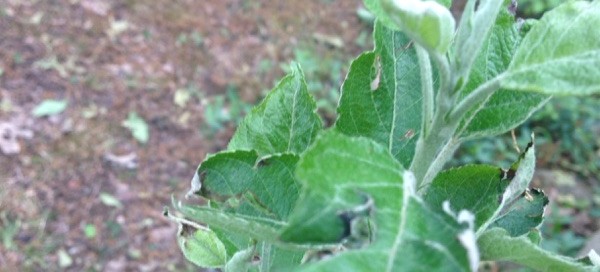Scale Insects Or Stem Canker
Sorry, but its hard to say for certain from your photo. This could be scale insects (like brown soft scale), or it could be a stem canker that has oozed sap. Looks like a scale more than canker ooze, but its hard to see from the photo if the stem underneath this "bump" is damaged, like with a canker. You can determine which it is by pulling one of the bumps off. If its sticky, like sap, then its a canker. If the bottom of the bump, when turned over, appears to have insect like characteristics (or tiny orange/brown eggs and/or little tiny crawling things) then you'll know it a scale insect. We've included a link about scales for your reference in getting them under control. For info on canker diseases you can search on-line by referencing the type of fruit tree and the word 'canker' (for example: canker diseases of stone fruits). We recommend looking for reliable info from college extension sites that end .edu
http://www.ipm.ucdavis.edu/PMG/PESTNOTES/pn7408.html#SOME
